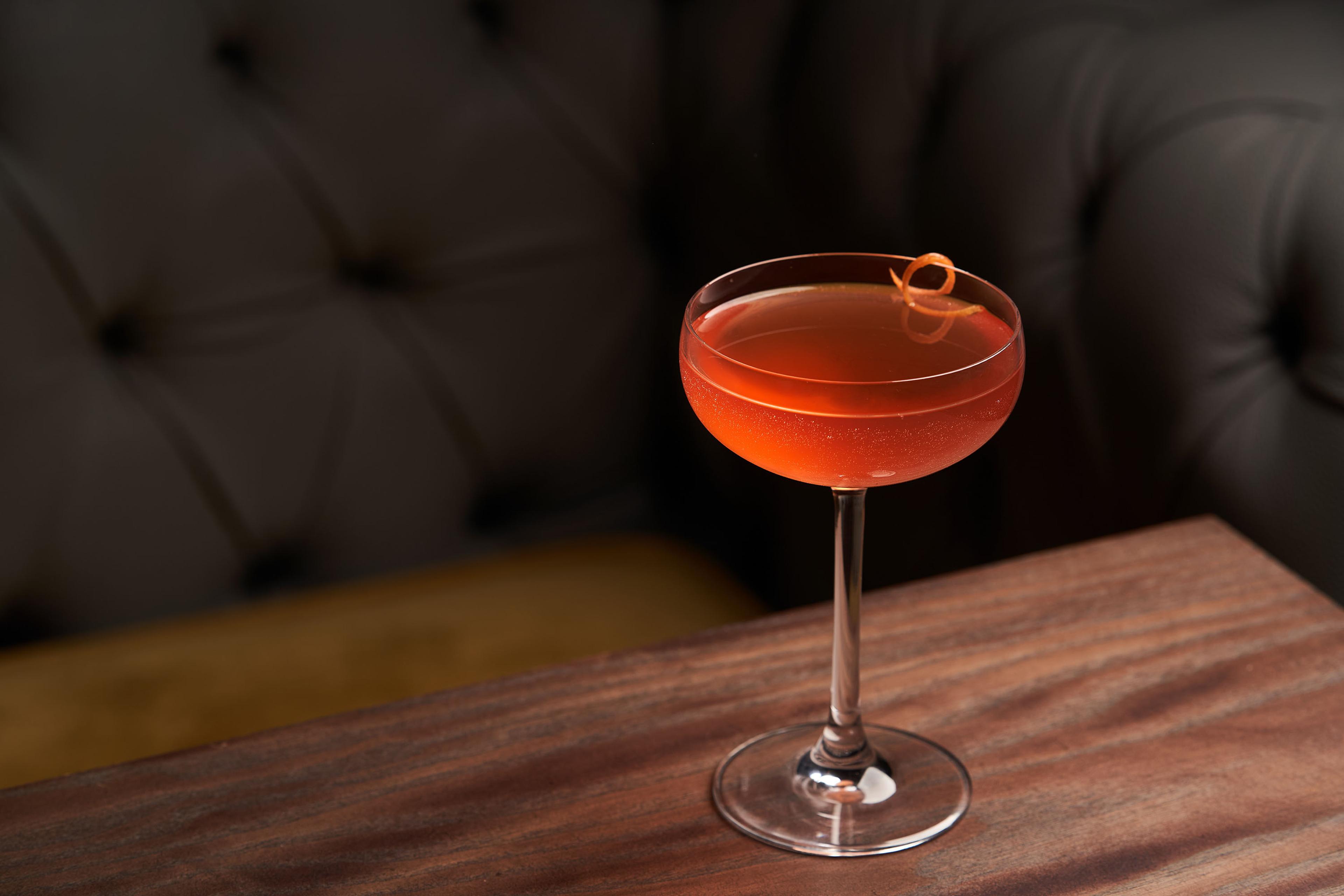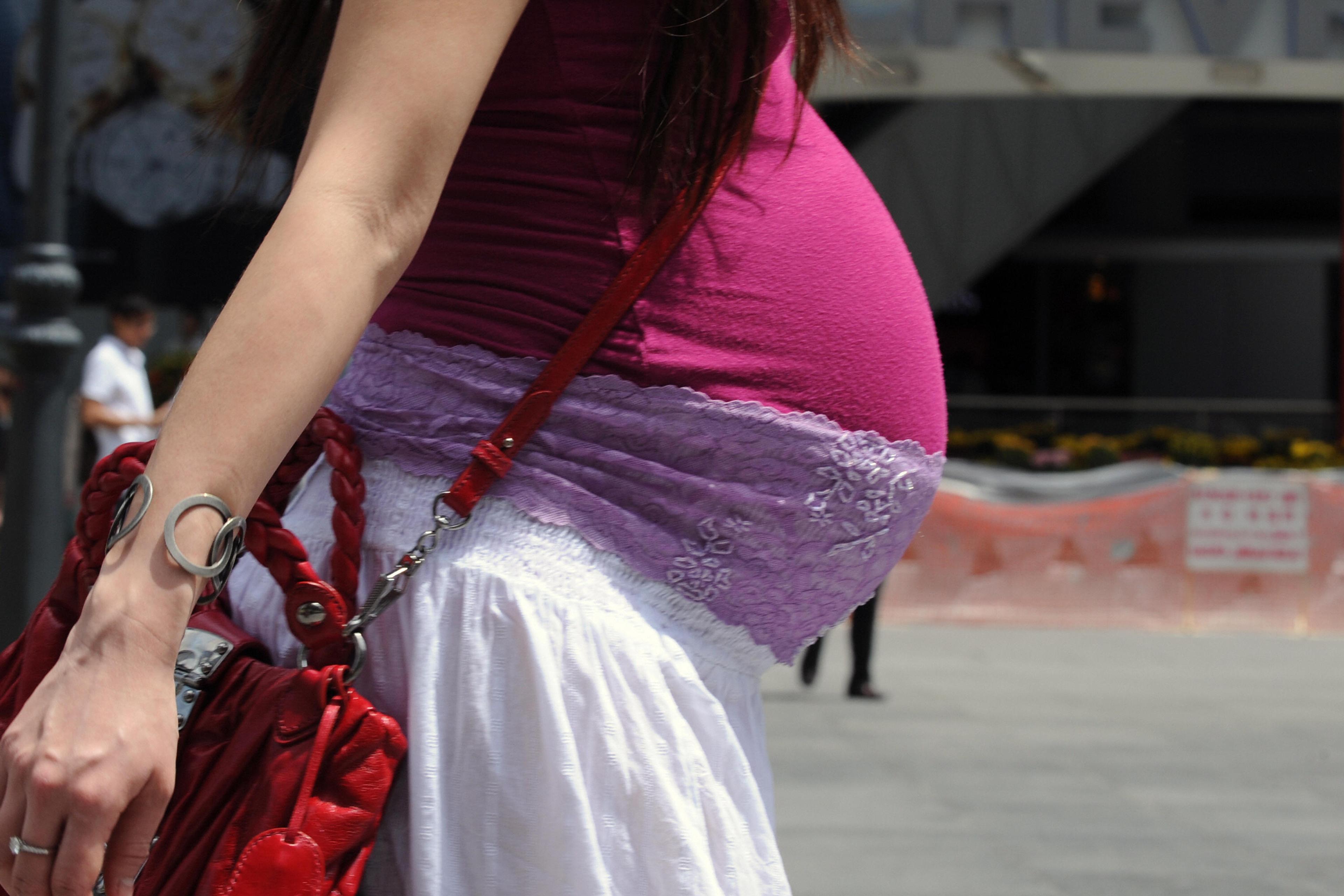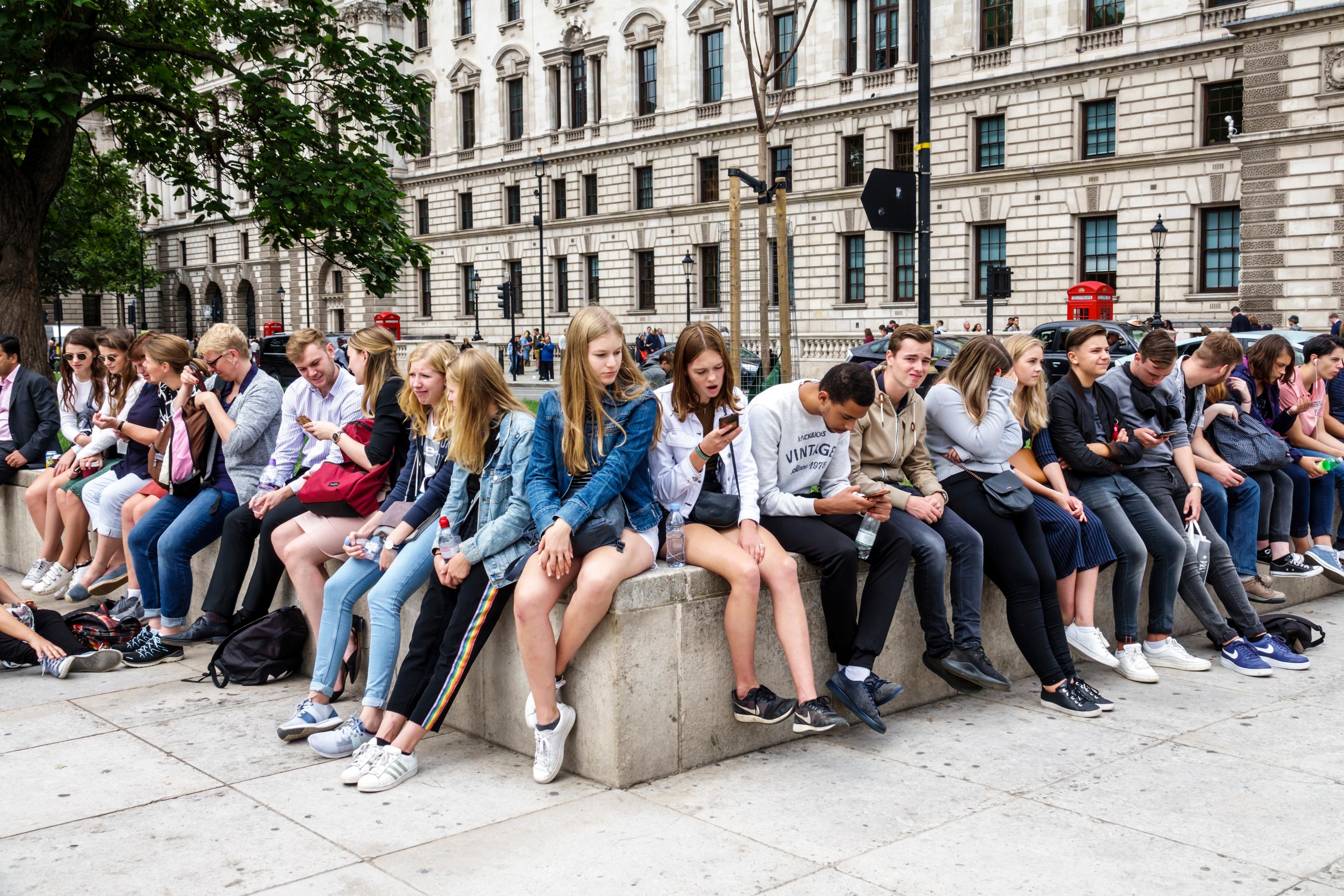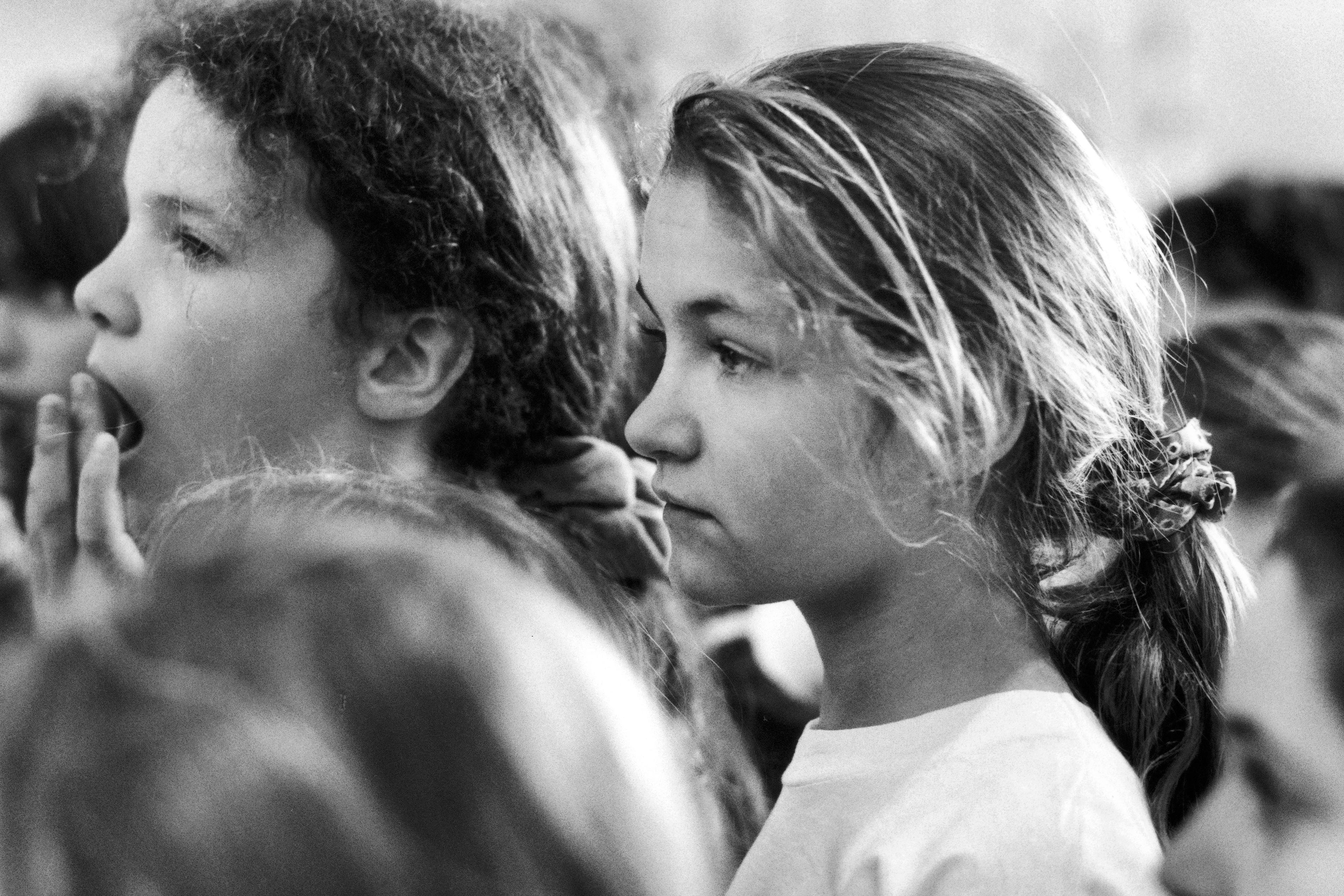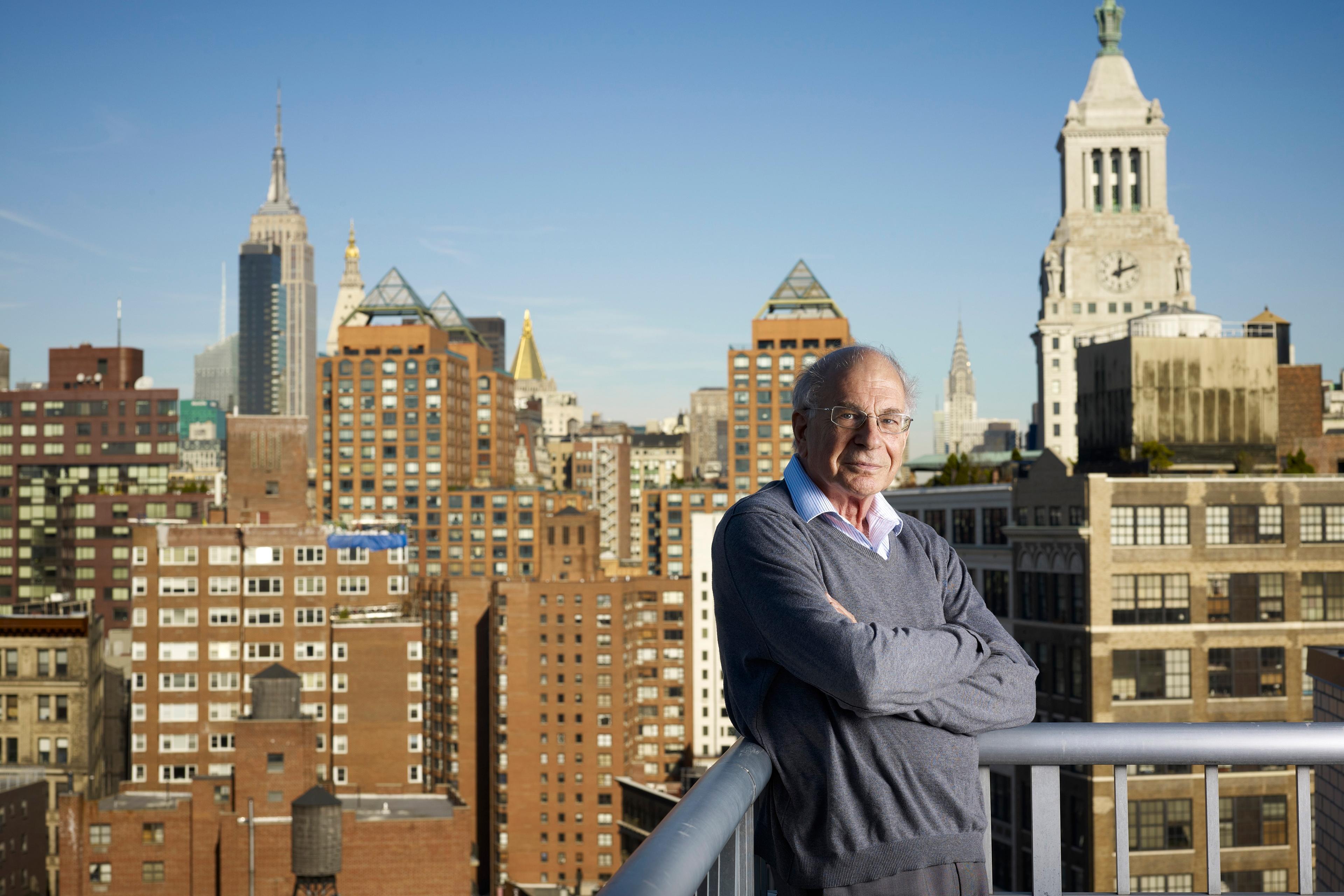When the call came to say my mother had died, I was working on a jigsaw of Joan Miró’s painting The Tilled Field (1923-24). Like many others, I turned to jigsaws at the start of the pandemic as a way to manage stress, and symbolically reimpose order on a chaotic world. We take our consolations where we can and, as I continued with the puzzle in the days after mum’s death, its tactile qualities, the spicy smell of ink and card, and the small satisfactions of placing each piece where it belonged, grounded me when the world was in bits – both outside and within.
The Tilled Field is an elementally life-affirming painting. A view of Miró’s family farm in Mont-roig del Camp in Catalonia, it conjures a surreal collection of human, animal and vegetable forms, deconstructed and stylised, and heavily symbolic. Drawing on references from medieval Spanish tapestry to Catalan ceramics and cave paintings, the image is earthy, visceral and definitively a rural scene. Still, there’s something disquieting about the painting, as if it had emerged from a dream or the recesses of an unquiet mind. A tree grows a human ear and an eye; a cloud formation is also a weathervane; a piebald mare swishes her tail as her foal suckles at her teat. At its heart sits a tumbledown farmhouse straight from a dark folk tale. The smoke from its chimney suggests occupation, but the plaster walls are cracked and crumbling back to earth.
Since her diagnosis of dementia 15 years ago, my mother, too, had been disintegrating, as it were, piece by piece. At each of my fortnightly visits, some further part of her seemed to have newly dropped away, leaving gaps so raw and cruel that I sometimes had to remind myself to focus on what remained. COVID-19 put a stop to my visiting the nursing home where she spent the final decade of her life. We tried FaceTime ‘get togethers’ but my mother was blind as well as in late-stage dementia, so these felt like one-way affairs – mum’s eyes half-closed, her face unresponsive, her body giving every impression of lifelessness. At the time of her death, I hadn’t seen her for four months, and her image had begun to fade in my mind.
Having a meaningful exchange with my mother involved delving into our shared narrative archive even as it shrank. In this way, we relived and remade the story of our life. We dipped toffee apples for bonfire night, rode donkeys on Llandudno beach, searched for the screech owl in the forest near my childhood home. Sometimes, my mother added to these memories as if they were lucid dreams she could shape at will. Meeting her where she was meant I had to map out the changing landscape of her dementia. Only there could we truly be together.
If maps are representations of a larger reality, then jigsaws are maps too. Indeed, they began life this way, as ‘dissected maps’. Invented by the British cartographer John Spilsbury in the 1760s, the earliest puzzles were designed to make geography lessons more fun for schoolchildren and, no doubt, inculcate them early into the cult of empire. They remained classroom aids until the 1800s, when their manufacture was made cheaper by lithographic printing techniques, the invention of plywood and the treadle jigsaw. Over the 19th century, what began as hand-coloured maps became printed images of monarchs and biblical illustrations, and by the fin de siècle, when the ideas of Freud, Darwin, Nietzsche and the ‘New Woman’ threatened to fragment the old reality entirely, jigsaws had become popular family entertainments.
Like childhood itself, the early dissected maps arrived without any paper picture to act as a guide. The puzzle historian Anne Williams notes that, in 1908, Parker Bros changed the game by adding a print of the complete image to the box. With uncertainty about the destination reduced, the path grew more enticing. By the early 1930s, with the Great Depression beginning to bite, sales of jigsaws in the United States topped 10 million a week. Enthusiasts queued at newsagents for new deliveries, much as modern lockdown puzzlers scoured the internet and traded in secondhand puzzles.
While there is evidence to suggest that jigsaws help older people retain visuospatial memory, a recent study led by the psychologist Martin Doherty at the University of East Anglia in the UK is the first to investigate how children use their understanding of pictures to complete jigsaw puzzles. The study found that three-year-olds work by trial and error, but four-year-olds use the information in the picture to help them complete the puzzle. Such an understanding of the language of pictorial representation is the foundation of the uniquely human ability to draw and create art.
It’s often said that old age is a second childhood. The similarity of the two states – the child immersed in their magic kingdom, the old person in their memory palace – isn’t lost on artists, scientists and thinkers. As the child emerges from the void, accumulating experience, making connections between things and people, so the old person divests themselves, or has taken from them, those same connections, before they return to the emptiness of nonexistence.
When cracks first began to appear in my mother’s memory, she frantically touched them up in a colour that never quite matched. Once touch-ups became insufficient, she began a programme of wholesale renovation in the form of confabulated memories, extending and reworking experiences that, had they been real, wouldn’t have passed building regulations. Though by now immobile, she’d insist that she had taken a long walk by the seaside, or run across my brother in a pear orchard, or just returned from holiday. The further her disease advanced, the less robust her attempts at repair became, as the supply of materials with which to build them dwindled. She once told me that her mind was falling to bits, which is what happens to everything and everyone eventually. We live with entropy. Yet how hard we resist it. Much of the human project is taken up with holding together things that will, eventually and inevitably, fall apart. Witnessing my mother labouring to put her brain back together was intensely moving. Her courage and resistance were flags planted in the territory of the living, and they deepened my love for her as she grew more frail. The lesson I learned is that it’s not memory that makes us human but meaning-making. That’s where the beauty and poignancy of human life is played out.
Art is a system of meaning-making too and, in the months since mum’s death, I have deepened my understanding of how it operates by ‘dissecting’ the map that is The Tilled Field. To complete the jigsaw of an artwork is to observe the artist’s work in a way that’s almost impossible to do in a gallery. You get to know it intimately, becoming familiar with every turn of the brush, each minute gradation of colour and tone. You develop an eye for certain patterns. Particularly ‘helpful’ or intriguing jigsaw pieces, that are vital sources of information, data points along the route to completion, take on the character of old friends. Slotting a familiar piece into its rightful place can feel almost as rewarding as returning a lost child to her mother. Over the weeks it takes me to complete The Tilled Field, its elements and some essence of the artist take up residence inside me, becoming, as the psychoanalyst Melanie Klein might have said, introjected internal objects.
This kind of dynamic encounter of projection and introjection with the world of people and objects is how Klein imagines the way an infant struggles to construct an integrated ego. If we’re lucky, Klein suggests, we develop from fragments of desire and need, frustrated or met, into coherent selves able to meet our own desires and needs. Whispering seductively in our ears all the while is Thanatos, the death instinct, willing us back towards the comforting psychic disintegration of not-feeling and unbeing. For Klein, coming into being is an existential battle. For some of us the drama returns, as it did for my mother, in the long, slow process of leaving life behind.
Klein’s one-time disciple Donald Winnicott had something interesting to say about becoming that seems important to me, standing as I am in the shadow of my mother’s death. For him, the mother is at the heart of everything – her willingness to hold, handle and ‘present objects’ to her baby, to lend him her ego for his own use, enabling him to see himself as a coherent being, separate from her (and thus able support a relationship with her). Only through her can he become whole and real. In the language of jigsaws, good-enough mothering is the guide-image that the infant requires to allow him to build an integrated self from the bits and pieces of his needs, his developing internal world and his body.
When, later, bereavement leaves us once more in pieces, when the mother who birthed us is no longer here, how do we put ourselves back together again? Where is the guide-picture to help us map loss when the world itself seems to be coming apart, exposing the insufficiency of the old rubrics for living?
The attachment theorist John Bowlby described mourning as a form of separation anxiety, akin to that felt by a child lost in a crowd. There is panic, disorientation, a shattering of reality. Freud thought that, in order to grieve healthily, we must sever our bonds with the dead, and establish new ones with the living. But even if that were desirable, cutting ties with the mother through whom one becomes a self seems to ask the impossible. Dennis Klass, an expert on bereavement, suggests a more compassionate model. In his view, there’s no ‘closure’, no turning away from the dead. The bereaved person doesn’t let go, but retains their bond with the dead by negotiating and renegotiating the meaning of their loss. This is the neverending task of grief, and it’s not without its consolations. My relationship with my mother remains alive for me, not simply as a fragment of the guide-picture I conjure of my life, but as a vibrant and evolving aspect of my internal world. When I speak to her, I’m addressing neither a ghost nor a memory, but the real mother who exists inside me, as all the versions of herself I ever knew. Death notwithstanding, our relationship continues to evolve.
And so back to The Tilled Field, and the making and remaking implicit in its creation – and also in my recreation of it as a jigsaw. To the decrepit farmhouse, the smoke rising from a cheerful fire, and to my image of my mother and me, warming our hands beside flames that, like us, are born and reformed in destruction and renewal. In The Tilled Field inside me, my mother and I talk quietly about our lives, or don’t talk but simply go-on-being, together, while beyond the crumbling walls, real life teems, strange and brilliant, as if in a dream.


